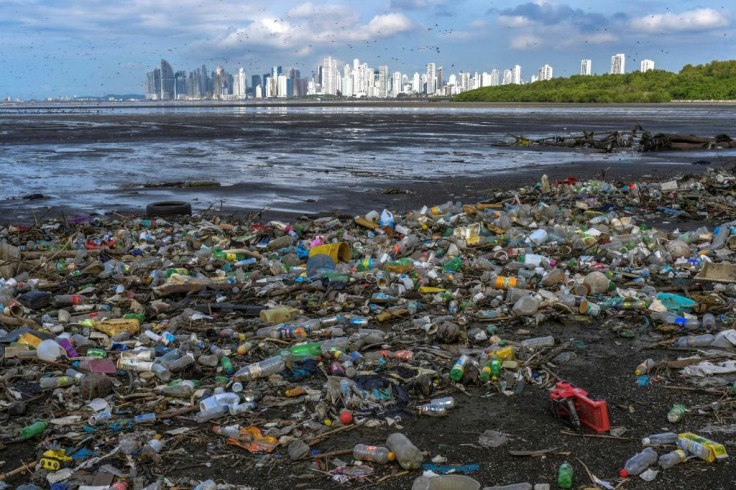Study finds dangerous microplastics deep in lungs of living people for the first time
Microplastics are found in synthetic blankets, fleece and in beauty products such as skin cleansers and scrubs.
A study by researchers from the UK has found microplastics deep in the lungs of living people for the first time. The tiny particles were found in 11 of the 13 samples tested for their presence.
The most common particles that were found in the lung tissues included polypropylene, used in plastic packaging and pipes, and PET, used in bottles. The microplastics discovered in the lung tissues were likely inhaled from plastics used in packaging, bottles, clothing, rope and twine, and many manufacturing processes.
The study was conducted by researchers from the University of Hull and Hull York Medical School, and has been published in Science of the Total Environment journal. This is the first time that microplastics have been found in live humans, after having been earlier found in human cadaver autopsy samples.
The lead author of the paper, Laura Sadofsky, said that "this data provides an important advance in the field of air pollution, microplastics and human health."
"It also shows that they are in the lower parts of the lung. Lung airways are very narrow so no one thought they could possibly get there, but they clearly have," she added.
Ms. Sadofsky continued: "We did not expect to find the highest number of particles in the lower regions of the lungs, or particles of the sizes we found.
"This is surprising as the airways are smaller in the lower parts of the lungs and we would have expected particles of these sizes to be filtered out or trapped before getting this deep into the lungs."
Microplastics were also found in human blood in a study conducted by scientists in the Netherlands and published in March this year. The researchers had then taken samples from 22 anonymous donors, and 17 of the 22 samples had microplastics.
A 2021 study had also found microplastics in autopsy samples taken from 20 bodies. The researchers had then concluded: "Deleterious health outcomes may be related to these contaminants in the respiratory system following inhalation."
Microplastics are tiny plastic particles up to 5mm in diameter. These tiny particles have been found in the remotest regions of the Arctic and Antarctica to the deep seafloor.
They are found in synthetic blankets, fleece or shirts, and in beauty products such as skin cleansers and scrubs. Even some toothpaste variants contain these tiny particles according to a study by United Nations Environment Programme.

© Copyright IBTimes 2025. All rights reserved.






















